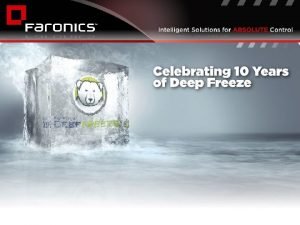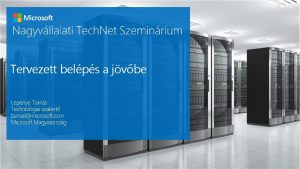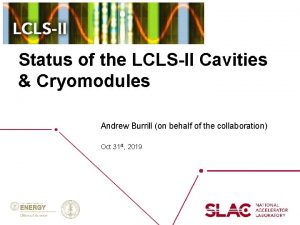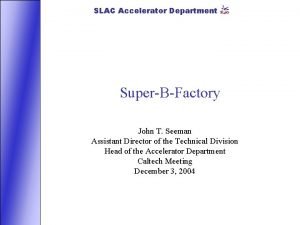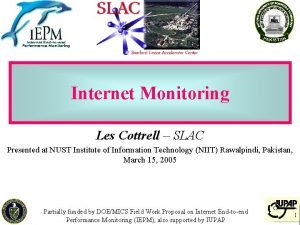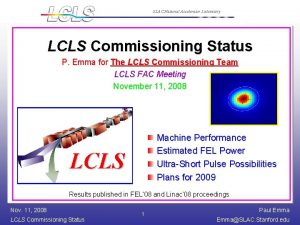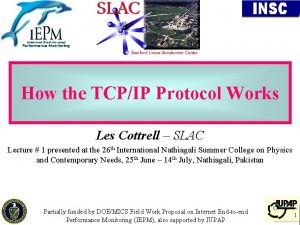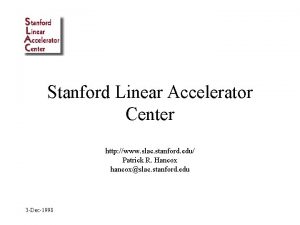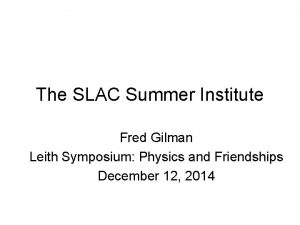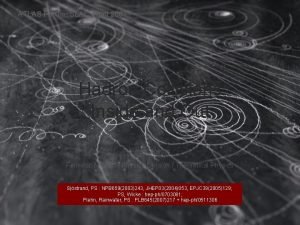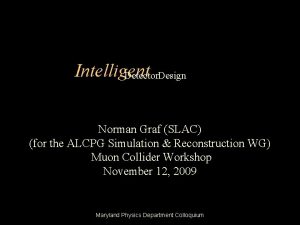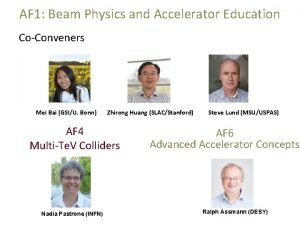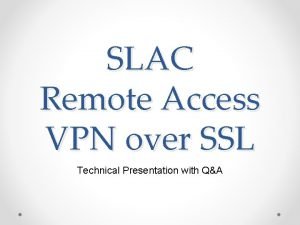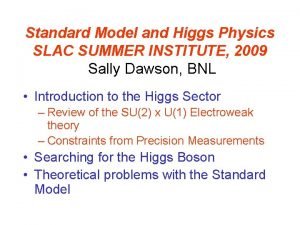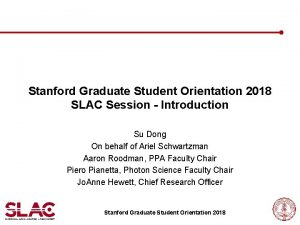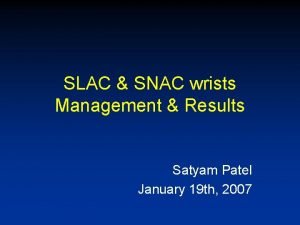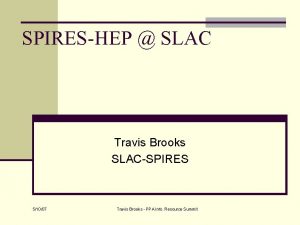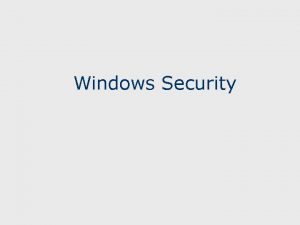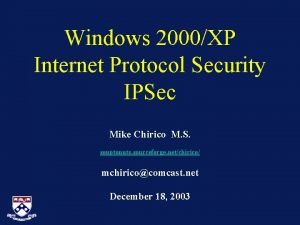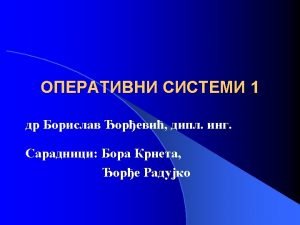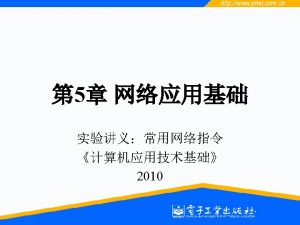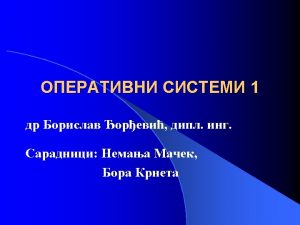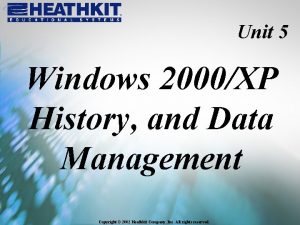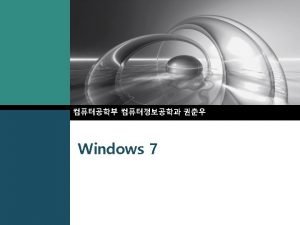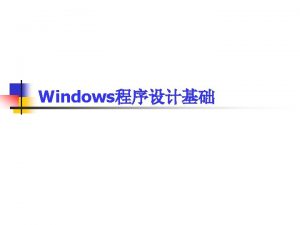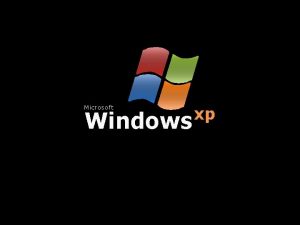Windows NT to 2000XP Migration at SLAC Dennis
















- Slides: 16

Windows NT to 2000/XP Migration at SLAC Dennis Wisinski SLAC Computing Services 16 April 2002 HEPi. X-HEPNT April 2002

Overview n n n Current NT configuration W 2 K infrastructure design Client migration

Current NT configuration n Single master domain design Twelve resource domains scattered among departments One hidden domain (private network)


W 2 K infrastructure design n n n DNS design Tree, domain, and OU design Domain controller placement Native vs. mixed mode Exchange 2000 Our “hidden” domain

DNS design n n Current BIND DNS will delegate control of a new domain win. slac. stanford. edu to our new Windows DNS Will run as AD integrated zone to enforce authentication of machines before allowing them to update DNS

DNS design (cont. ) n n IIS web servers will also have entries in our BIND DNS server to prevent URLs from breaking Need to write scripts to keep DNS synchronized with our ORACLE “database of record” for computers

Tree, domain, and OU design n n Single tree/single domain chosen Keep simple to simplify administration Use departmental Organizational Units for delegation of authority to departmental administrators Other OUs may be needed (divisions, experiments, etc. )

Domain controller placement Business Services Division subnet Main SLAC network Possible “air gap” during intrusion Stanford Synchrotron Radiation Lab subnet

Native vs. mixed mode n n n Plan to go to native mode from start Two-way trust between old NT 4 master domain and new Win 2 k domain Add NT 4 SID information to W 2 K user account history with Clone. Principal or similar tool to assure access to NT 4 domain resources

Native vs. mixed mode (cont. ) n n Allows early testers to easily “live” in new Win 2 K environment Allows incremental migration of servers and user workstations Migration is easily reversible for individual users if there is a problem Use re. ACLing tools as needed

Exchange 2000 n n n Similar approach: run new Exchange 2000 servers in W 2 K domain Synchronize with Exchange 5. 5 using Active Directory Connector Migrate user’s mailbox when migrating user’s workstation to W 2 K domain

Our “hidden” domain n n One NT 4 domain where sensitive information resides is on an isolated subnet accessible only to workstations in one other particular subnet via a Citrix connection to WTS farm there Timing of conversion to W 2 K for this domain depends on People. Soft versions running

Client migration n User workstations will be converted to Windows XP rather than 2000 Windows 2000 is already half way through its life cycle. Will be nearly obsolete by completion of migration Many apps won’t run under 2000 but may be able to with XP’s compatibility mode

Client migration (cont. ) n n Local admin training starting at the end of April Testing of departmental applications done by local admins and power users through summer and fall Help Desk training User relations management

Client migration (cont. ) n n n Just-in-time user training Convert users to Windows XP, new domain, Office XP, Exchange 2000 all at once User conversion begins near end of 2002 and continues through 2003
